Amrita Shergill Final Journey At Lahore
Amrita Sher-Gil (30 January 1913 – 5 December 1941), was an eminent Indian painter born to a Punjabi Sikh father and a Hungarian mother, sometimes known as India's Frida Kahlo.
She first came to Lahore in 1937 from Paris for an exhibition at the Faletti’s Hotel, to resounding success. Later, she was to set up home in this vibrant city.
In September 1941, she moved to Lahore with her husband which was then a major cultural and art centre. She lived and painted at 23 Ganga Ram Mansion, The Mall, Lahore.
Victor Egan, her husband, had his clinic on the ground floor, the living quarters on the first floor and a barsati surrounded by a terrace, her studio, on the top floor. It was from her studio that she saw a milkman with his buffaloes and did her last unfinished painting. Slate black buffaloes squat on the ochre road, one with a crow perched on its snout. A woman draped in a red veil dries cow-dung cakes on the terrace, the red caught by the portico at the back bursts into a flame in the distant horizon. This was the pastoral view from her studio, which she captured on her canvas. But equally, it was the transportation of the feudal world she had known into the culture of the throbbing city that was Lahore. The red at the back is like a tongue of flame emblazoning a new trail of imagination, the painting a possible breakthrough in yet another direction, abruptly terminated by her sudden death.
In 1941, just days before the opening of her first major solo show in Lahore, she became seriously ill, and slipped into a coma, and later died around midnight. The real reason for her death has never been ascertained. A failed abortion and subsequent peritonitis have been suggested as possible causes for her death. Her mother even accused her doctor husband Victor of having murdered her.
Her vibrant canvasses and her short but dynamic life have established her as one of British India's most celebrated modern artists. Born in Budapest in 1913, to a Hungarian mother and Sikh father, she trained at the Ecole des Beaux Arts in Paris where she became influenced by Realism. Upon returning to India, she adopted this modernist approach to portray the lives of local people in her community.
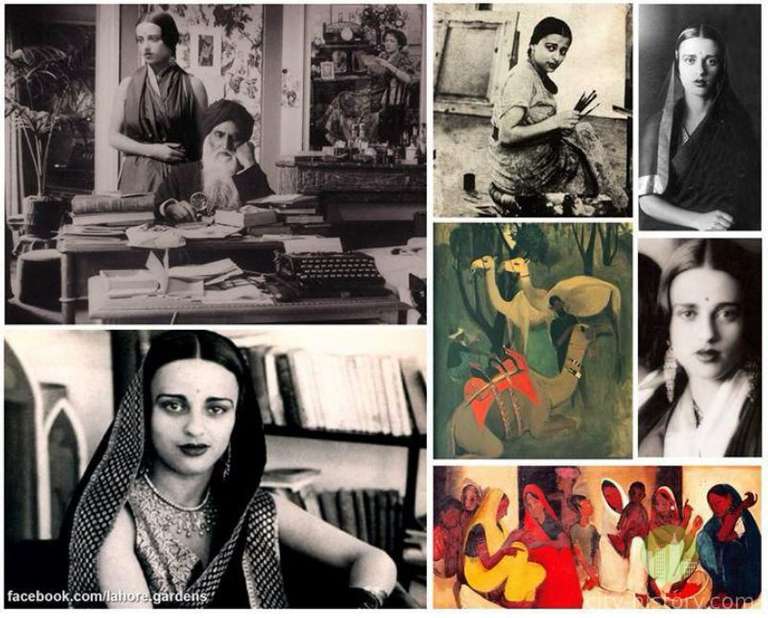
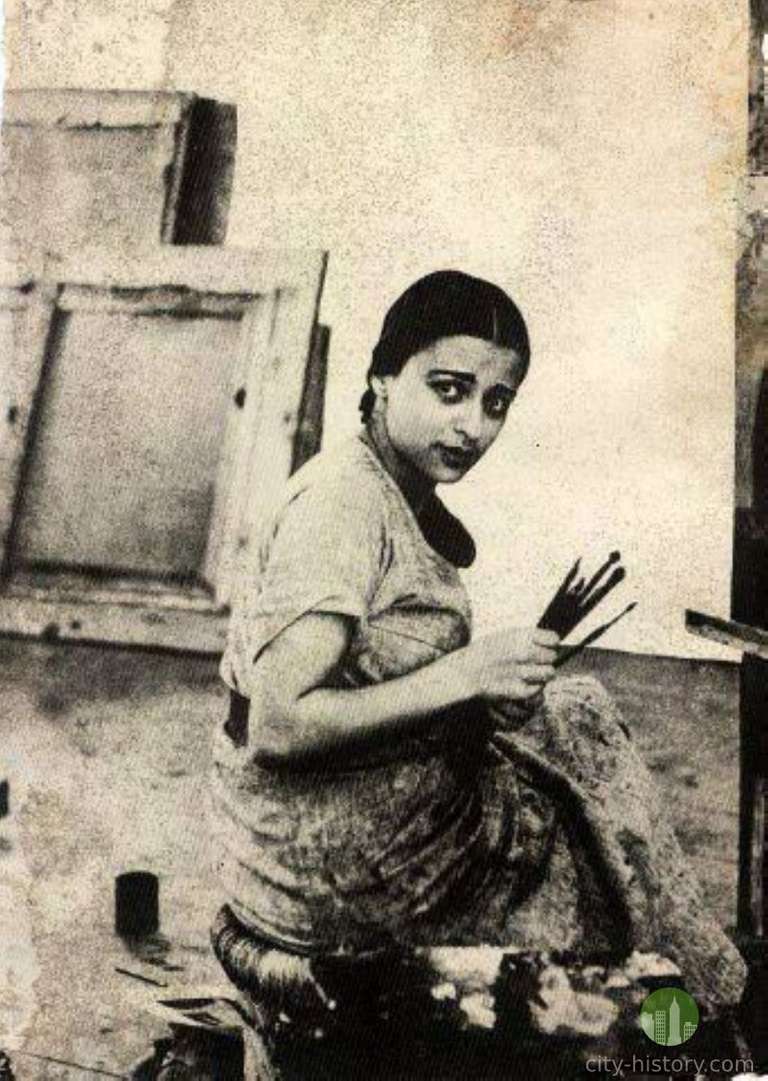
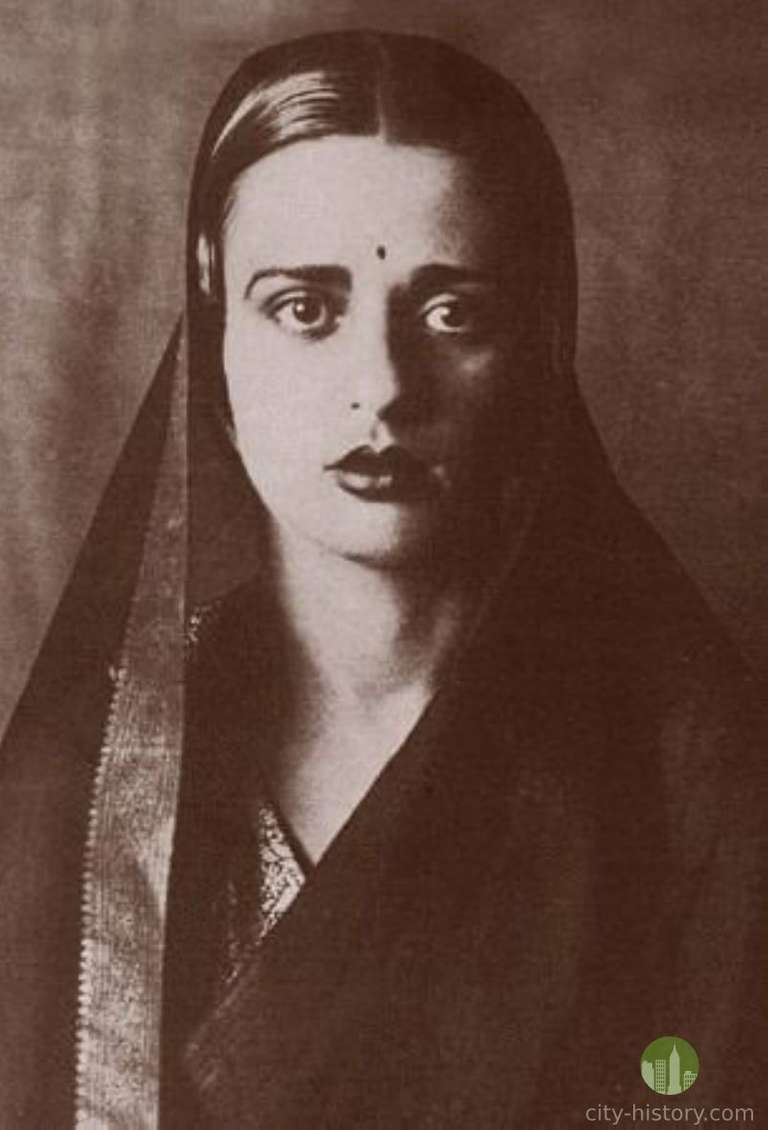
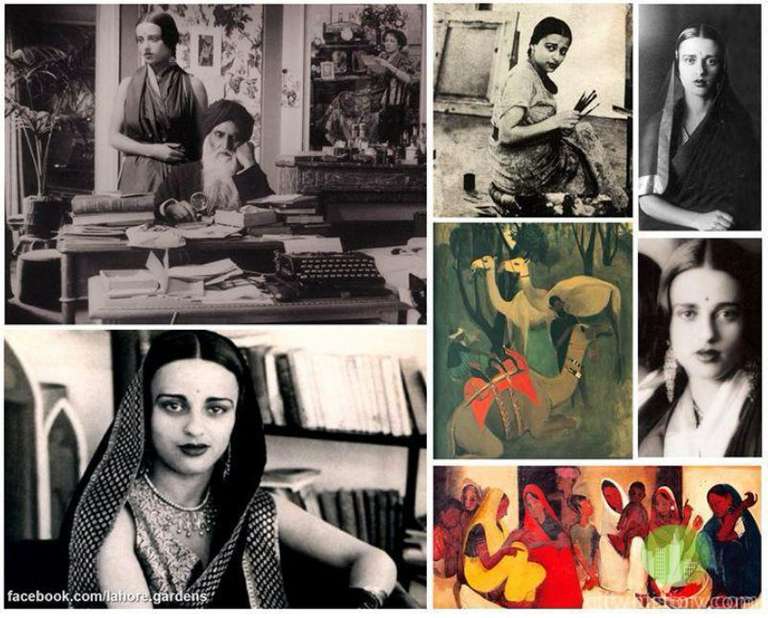

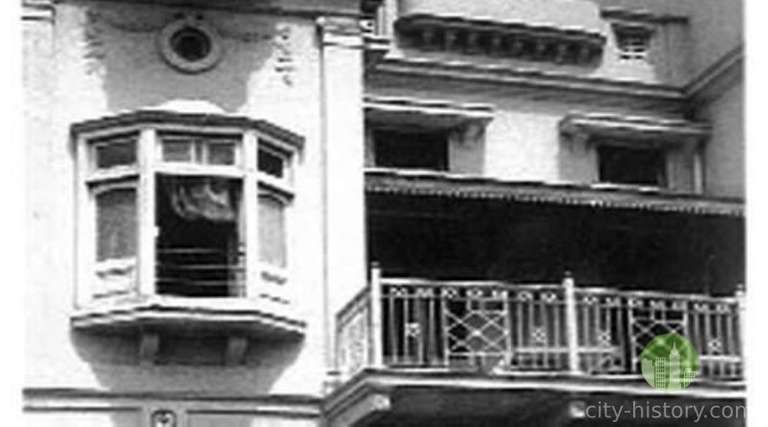
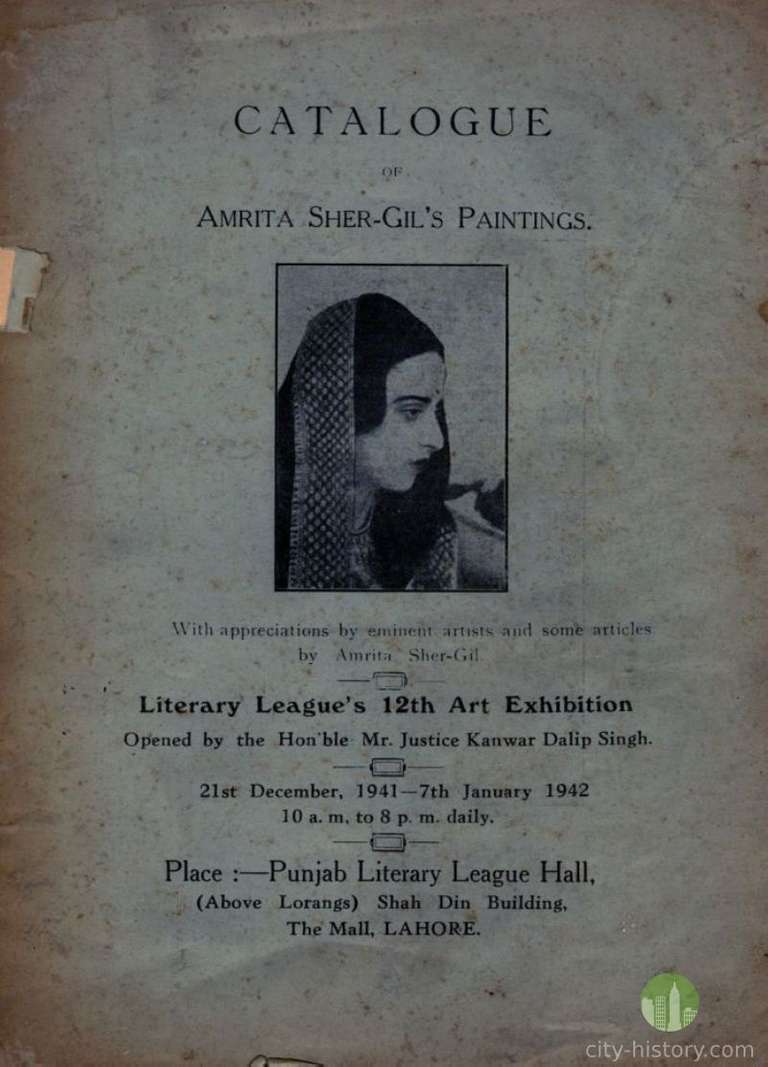

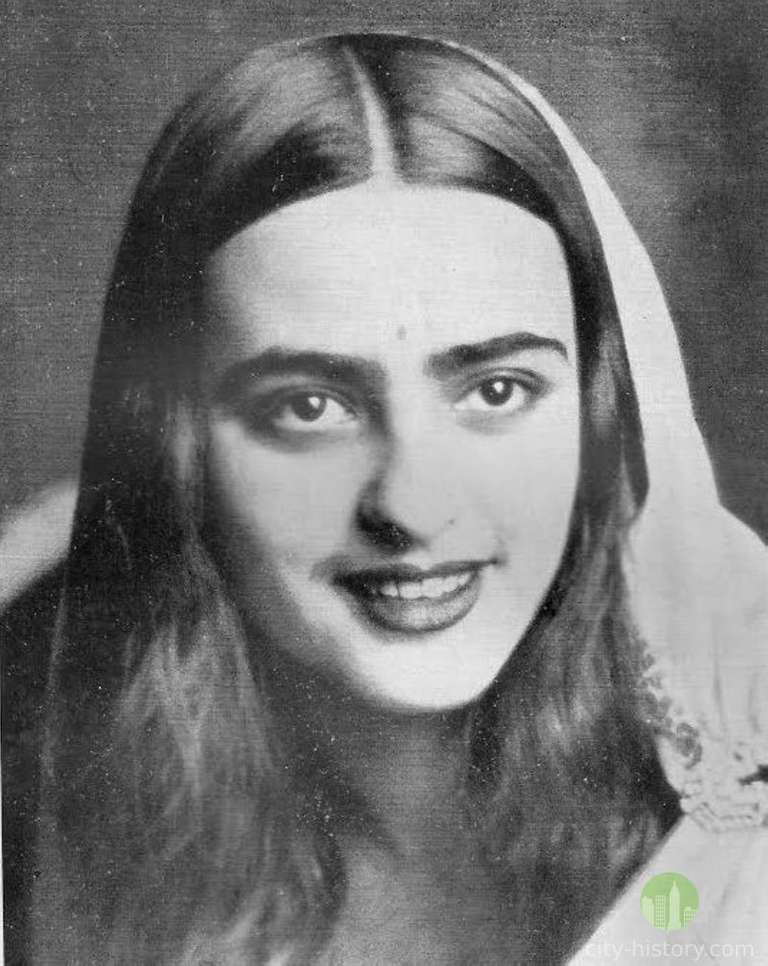
Comments